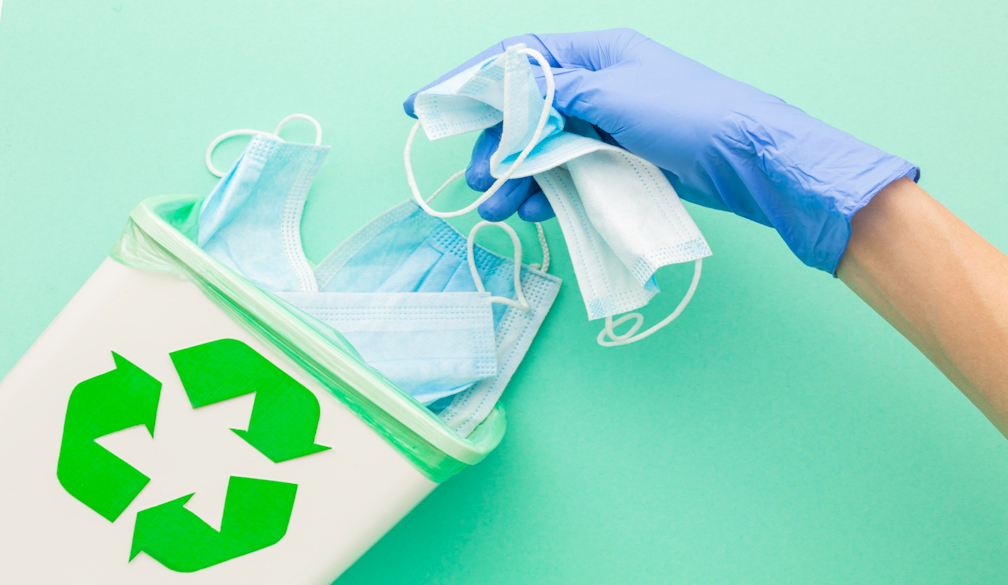Ensuring Safe Medical Waste Disposal in Anaheim: A Comprehensive Guide

In the bustling city of Anaheim, renowned for its dynamic industries and vibrant communities, the management of biomedical waste has emerged as a paramount concern. With a robust healthcare sector at its heart, the city faces the critical challenge of ensuring the safe and effective disposal of medical waste. This comprehensive guide delves into the intricate world of biomedical waste management in Anaheim, offering insights, strategies, and solutions to navigate this complex issue. By prioritizing safety, sustainability, and compliance, we can safeguard our community, environment, and future.
The Critical Nature of Biomedical Waste Disposal
Biomedical waste, encompassing a range of materials from used needles to contaminated gowns, poses significant health risks if not managed properly. In Anaheim, where medical facilities are at the forefront of innovation and care, the importance of disposing of this waste safely cannot be overstated. The potential for disease transmission, environmental pollution, and legal ramifications makes it imperative for facilities to adopt stringent disposal practices.
Understanding the types of biomedical waste is the first step in managing it effectively. This classification includes infectious waste, pathological waste, sharps, and pharmaceutical waste, each requiring specific disposal methods. Facilities must adhere to federal and state regulations, ensuring that their disposal practices protect both public health and the environment.
Regulatory Framework and Compliance
Navigating the regulatory landscape is crucial for Anaheim's healthcare facilities. Federal agencies, such as the Environmental Protection Agency (EPA) and the Occupational Safety and Health Administration (OSHA), alongside California's own Department of Public Health, set forth guidelines and regulations governing medical waste disposal. These regulations stipulate how waste should be categorized, handled, treated, and disposed of, ensuring a standard of safety and environmental protection.
Compliance with these regulations is not merely a legal obligation but a moral one, reflecting a facility's commitment to the well-being of its community and environment. Regular audits, employee training, and adopting best practices are essential steps in maintaining compliance and minimizing risk.
Anaheim Medical Waste Disposal Solutions
In addressing the complexities of biomedical waste disposal in Anaheim, it's essential to highlight the role of specialized disposal services. Anaheim medical waste disposal services offer comprehensive solutions tailored to the needs of healthcare facilities, ranging from small clinics to large hospitals. These services not only ensure compliance with regulations but also streamline the disposal process, making it safer and more efficient.
Selecting the right disposal service is a decision that impacts not just the facility but the broader community. It requires evaluating factors such as reliability, sustainability practices, and the range of services offered. The goal is to partner with a service that not only removes the waste but does so with the utmost regard for public health and environmental safety.
Advancements in Disposal Technology
Innovation plays a critical role in enhancing medical waste disposal methods. Advanced technologies, such as autoclaving, chemical disinfection, and incineration, have revolutionized the way biomedical waste is treated. These technologies offer efficient and environmentally friendly options for rendering waste safe for disposal, significantly reducing the risk of contamination and disease transmission.
Anaheim's medical facilities are increasingly adopting these advanced technologies, driven by the dual goals of compliance and sustainability. By leveraging cutting-edge solutions, they can ensure that their waste disposal practices meet the highest standards of safety and environmental stewardship.
Educating Healthcare Workers and the Community
Education is a cornerstone of effective biomedical waste management. Healthcare workers in Anaheim must be well-versed in the proper handling, segregation, and disposal of medical waste. Training programs, regular workshops, and updated guidelines are essential tools in fostering a culture of safety and compliance within healthcare facilities.
Beyond the healthcare sector, educating the wider community about the importance of safe medical waste disposal is vital. Public awareness campaigns can demystify the process, highlighting the collective responsibility we share in protecting our health and environment.
Conclusion
The safe disposal of medical waste in Anaheim is a complex but crucial endeavor, requiring the collaboration of healthcare facilities, disposal services, regulatory bodies, and the community. By embracing best practices, advanced technologies, and a commitment to education, we can ensure that our approach to biomedical waste management safeguards public health, preserves our environment, and upholds the highest standards of safety and compliance. Together, we can tackle this challenge, ensuring a safer, healthier future for Anaheim and beyond.
This guide serves as a foundational resource for understanding and improving medical waste disposal practices in Anaheim. As we continue to navigate this critical issue, let us remain steadfast in our commitment to excellence, innovation, and community well-being.







